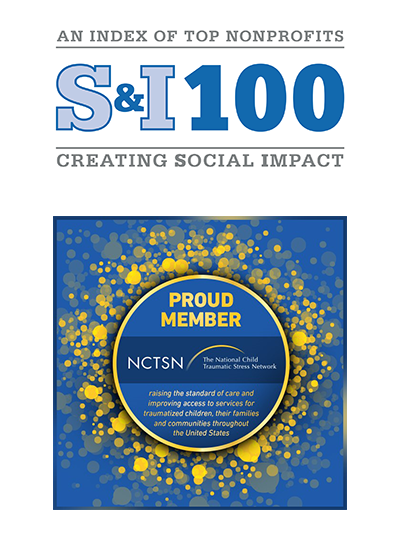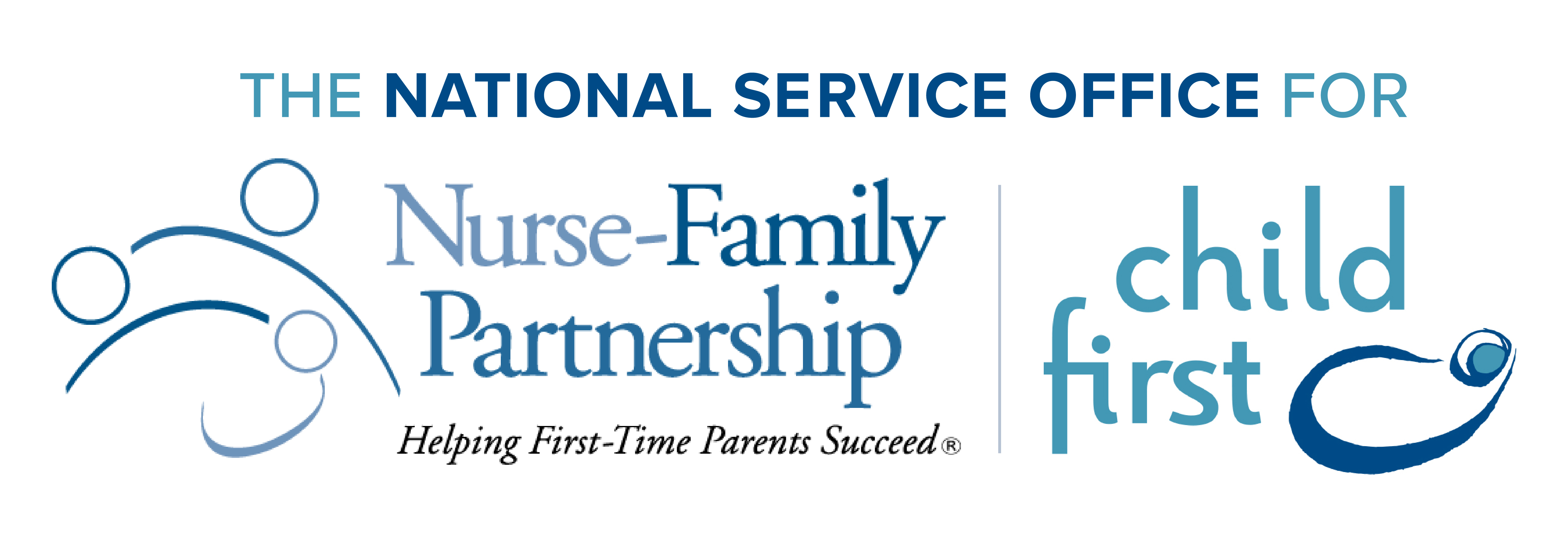Our Story
Early experiences and relationships are critical to brain development – they build the foundation for health, learning, and life. But too many parents face crippling hardships just when their children need them most. When children grow up in stressful environments where they are exposed to violence, neglect, or untreated mental illness, those experiences can block the normal, healthy development of their brains—harming long-term health and future outcomes.
Child First works with parents and young children together in their homes. We help parents heal from their own history of trauma, empowering parents to create a nurturing and stable home environment. We also connect families directly with the services they need —like a safe place to live, medical care or quality childcare.
Our Families' Stories
These stories depict the real life experiences encountered by families that have participated in Child First. The underlying theme for each family is the importance of intervening early to rebuild strong nurturing relationships between child and caregivers. Pseudonyms have been used to protect the anonymity of families.
Strengthening Bonds: Alisha and Serenity's Journey with Child First
At just six years old, Serenity is a high-energy, incredibly verbal girl with a curious mind. Her intelligence and enthusiasm shine through in everything she does. “She is always asking questions and loves to be in charge,” said Alisha, Serenity’s mom. However, Serenity was struggling with listening, cooperating, and interacting, which challenged her relationship with her parents. Alisha explained, “I talked to Serenity’s pediatrician about her behavioral issues, and they referred us to the Child First program.” Soon after, clinician Katie Baller and a care coordinator began...Read More.
From Grief to Growth: A Child First Clinician's Journey
When Markela Batts was attending graduate school to become a Licensed Clinical Social Worker, she knew she wanted a career in helping children develop, grow and heal. It was during an internship at Amos College where her mentor pointed out that Markela had an innate ability to help people through play. “I became interested in sand tray therapy and play therapy,” she recalled. Before graduate school, Markela continued to explore therapeutic techniques while working in a day treatment program in 2015. There, she often used books as a tool to connect...Read More.
Child First Breaks the Cycle of Trauma in Families
The National Program Expands in Colorado
When Mary Lambert explains the techniques employed in the Child First program, she talks about the “double scoop.” It’s a way to break an impasse in communications by talking for the child and for the caregiver about what they are feeling. To a small child, for example, her mother may appear angry when she’s actually trying to protect her daughter from a dangerous situation, Lambert said. Explaining those feelings to the little girl in a developmentally sensitive way can help her and her mother relate to one another with more openness. Similarly, explaining to the mother that when the child is acting aggressively, she’s expressing frustration and anxiety...Read More.
Tahitia & Brandon's Story
When Tahitia learned about Child First, she admits she was skeptical.Branden had just been returned to her from foster care. He was behaving aggressively, crying, unable to sleep. “I was assuming he was scared that he was just going to be here for a visit and then be taken away again,” said Tahitia, who grew up in foster care. “It hurt me to see his pain.” But then she got to know Courtney Sherman, mental health and developmental clinician, and Tinamarie Dawes, care coordinator, for Child First... Read More.
Tanya’s Story
Tanya was a four year little girl with long brown curls and big, sad, brown eyes. She came to the Bridgeport Hospital Pediatric Clinic for her well child visit on a cold October day with her mother, a tall stately woman wearing dark, sunglasses. In the waiting room, Mom was asked to fill out a new questionnaire. She did. It helped pass the time. Throughout the visit with the doctor, and Mom kept her glasses on and said little. Tanya was healthy. But, before leaving, a woman with a sweet smile came into the exam room to talk to her... Read More.
Jose’s Story
The first thing you notice about five-year-old Jose is his smile – the boy has a quick and playful grin that lights up his whole face. But it wasn’t always this way. When he was just three, Jose witnessed the dramatic arrest of his father, who, unbeknownst to the rest of the family, was selling drugs instead of furniture. One cold November night, while Jose and his mother were curled together reading a book on the couch, law enforcement surrounded their apartment building. In a shocking and horrifying scene, armed officers burst through the door, pushed Jose’s mother to the floor, and tore their furniture apart. Jose hid in a corner, terrified, and watched as the FBI led his father away in handcuffs. In an instant.... Read More.
Luis’ Story
Luis is a handsome 4 year old, with thick black hair and beautiful, expressive brown eyes, which he kept averted most of the time. His mom, Maria, was incredibly worried about him. His speech was slightly delayed, despite having received great services through Birth to 3. He experienced moments of anger and despair, where he would bang his head, hit his mom, cry inconsolably, and scream until he could scream no more. He would rarely look people in the eye, preferring to play alone. He also had severe separation anxiety, which troubled his mom, who wanted him to get a better education than she got. His time in preschool also allowed her to work an extra job to make ends meet. When she was referred to Child First, she shared that she firmly believed that his behavior was caused by the domestic violence he had seen in his home at such a young age.... Read More.







